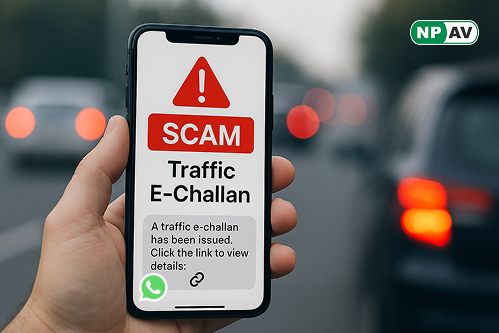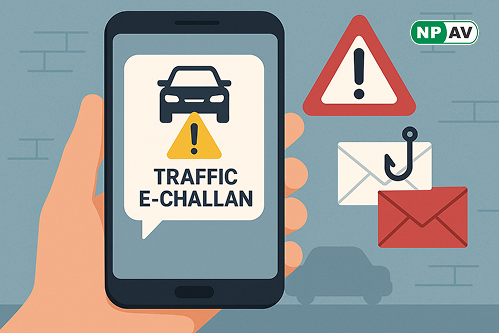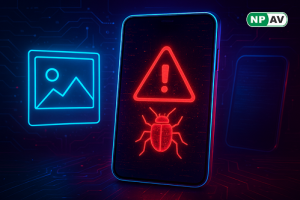Traffic E-Challan Scam: Identify and Avoid Fraudulent Messages Effectively
Posted:
July 08, 2025
Views:
135

Traffic e-challan scams involve fraudsters sending fake violation notices via SMS or email, prompting individuals to click on malicious payment links. These messages often mimic official communications, making them appear legitimate.


To avoid falling victim, verify your vehicle number and e-challan details on the official website, and only click links ending in '.gov.in'. Be cautious of urgent payment requests and consider visiting the RTO for confirmation if the fine seems suspiciously high.


Understanding Traffic E-Challan Scams
Traffic e-challan scams operate by sending fraudulent messages that resemble official traffic violation notices. These messages typically include:
- Fake Violation Notices: Scammers send SMS or emails claiming you have an unpaid traffic violation, often including a fine amount and a link for payment.
- Malicious Links: Clicking on these links leads to fake websites designed to steal personal and financial information.
Comment(s)






